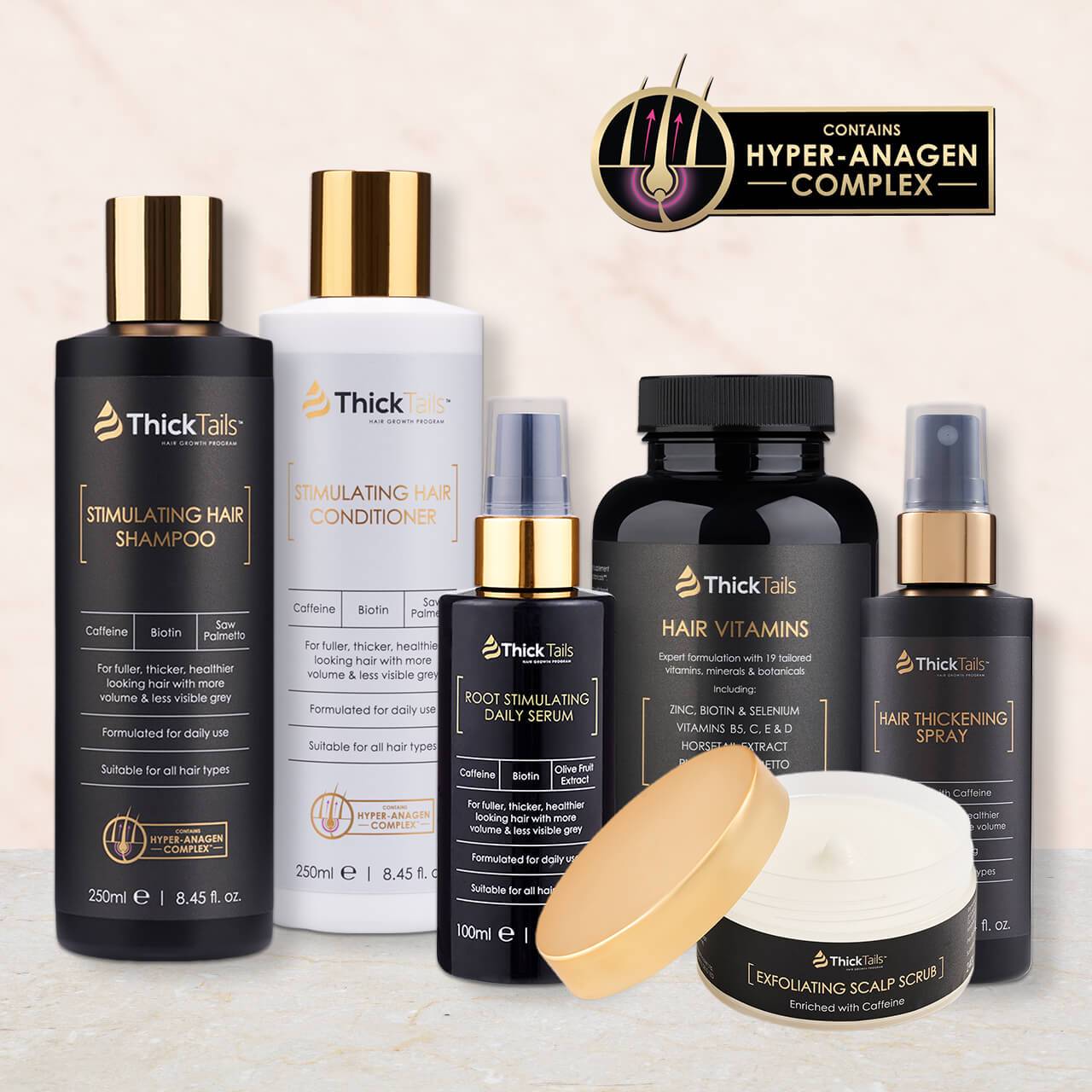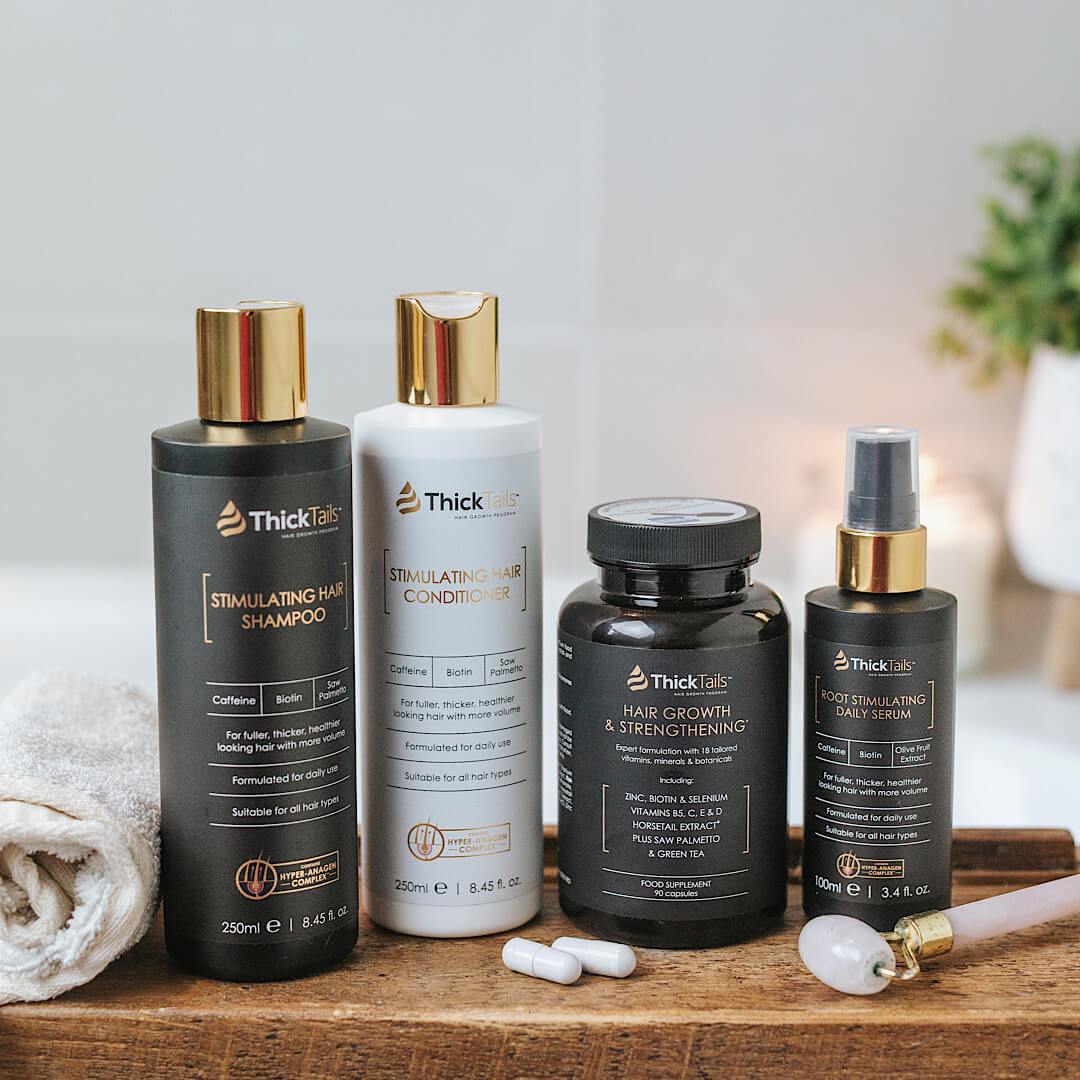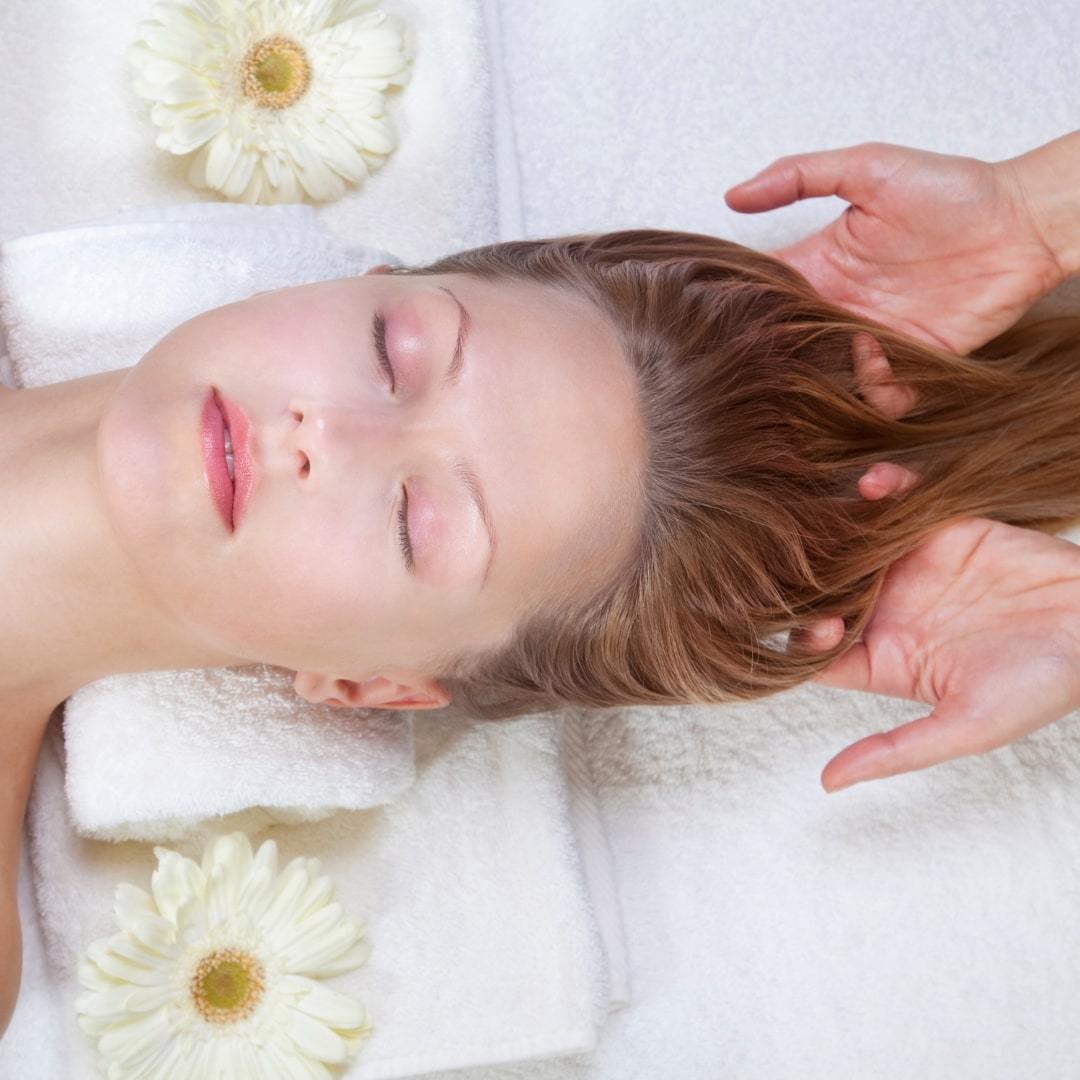Hair is not just about style; it’s a statement of health and a testament to the intricate ecosystem composed of genetics and personal care. For men, understanding the nuances of hair texture and the science behind breakage is crucial to maintaining a mane that not only looks good but one that genuinely thrives. In this comprehensive guide, you'll learn how to demystify male hair texture, identify the signs of breakage, and implement tailored care routines that will leave you with healthy, robust locks.
Unraveling the Texture of Men's Hair

Men's hair texture varies greatly from one individual to another, affected by factors such as genetics, health, and environmental exposure. Understanding your hair texture is the first step in preventing breakage, a common concern among men striving for healthy hair. Breakage often results from external stresses such as harsh styling practices, inadequate hydration, or the use of products that don't align with one's specific hair needs. By recognizing the unique characteristics of your hair texture, you can tailor your grooming routine to fortify your hair against potential damage and maintain its natural strength and vitality.
Diverse Forms of Male Hair Texture
The fabric of hair texture may seem simple when categorized as straight, wavy, curly, or coily. But within these broad groupings, there is a world of variability. Wavy hair, for instance, can range from a subtle S-shaped pattern to a more pronounced wave that almost resembles culrs. Coily hair, otherwise known as Type IV, is highly textured and springy, with each strand having a tight kink. Identifying where you land on this spectrum is the first step to understanding how your hair behaves.
The Impact of Hair Texture on Styling and Maintenance
Your hair texture holds the keys to its characteristics. Straight hair is the most resilient to styling, whereas coily hair often requires more moisture and gentle handling to prevent breakage. Wavy and curly textures can be prone to frizz due to their natural tendency to lose moisture. Learning to work with your hair's texture rather than against it is the secret to effortless style and healthy growth.
Nature Versus Nurture: The Factors Influencing Hair Texture
Genetics play a dominant role in your hair's natural texture, but environmental factors can also leave their mark. Exposure to sun, excessive heat, and harsh chemicals can alter the structure of individual hair strands. For men wanting to maintain their unique hair texture, understanding these influences is vital.
Deciphering Male Hair Breakage
Deciphering the causes and remedies for male hair breakage is essential for anyone seeking to preserve the integrity of their mane. At the heart of this issue lies the relationship between men's hair texture and the propensity for breakage. Hair that is dry, brittle, or damaged is more susceptible to breaking, a problem that can be exacerbated by factors such as harsh grooming habits or the use of unsuitable hair care products. It's crucial for men to understand their specific hair texture, as this knowledge serves as the foundation for implementing a care routine that minimizes breakage, thereby promoting healthier, stronger hair. Whether your hair is straight, wavy, curly, or coily, adopting practices that cater to your hair's unique needs can significantly reduce the risk of breakage and maintain your hair’s natural allure and strength.
Mechanical Misadventures: The Culprits of Hair Damage
From overzealous brushing to rough towel-drying, incorrect mechanical practices can lead to breakage. High-tension hairstyles, such as tight ponytails or the notorious "man bun," can also be damaging, especially when worn frequently. Changing these habits can make a profound difference in the health of your hair.
The Chemical Conundrum
Chemical treatments like coloring and perming can weaken the hair shaft, making it more prone to breakage. Even seemingly benign practices like frequent shampooing or using a cleanser with harsh sulfates can have a stripping effect on the hair. Awareness of the products you're using and their ingredients is a critical aspect of maintaining your hair's integrity.
Battling the Elements
Daily exposure to the elements can take its toll on your hair. UV rays from the sun can degrade the outer protective layer, leaving the inner cortex vulnerable. Pollution can also contribute to a buildup of free radicals that damage the hair. Protective measures, including the use of hats and hair products with UV filters, can go a long way in preserving the health of your strands.
Fortifying Your Tresses Against Breakage

To effectively combat hair breakage and cater to your individual hair texture, men should adopt a targeted hair care regimen. Incorporating a mild shampoo and conditioner specifically formulated for your hair type can lay the foundation for a healthier mane. Beyond cleansing, applying a nourishing serum can provide an additional layer of protection, sealing moisture into the hair shaft and smoothing out frizz or flyaways. This combination of shampoo, conditioner, and serum, chosen with your unique hair texture in mind, works synergistically to reinforce the hair's natural defenses against breakage. For men looking to maintain or restore the vitality of their tresses, understanding and catering to your hair's specific needs is paramount.
Crafting a Custom Hair Care Routine
A proper hair care routine is not one-size-fits-all – it should be tailored to your hair type. From the choice of shampoo and conditioner to the frequency of washing, every detail matters. Men with longer locks may find that a leave-in conditioner or a hair serum is beneficial in preventing tangles and breakage.
Shielding with Styles and Tools
Incorporating protective hairstyles that minimize manipulation, such as braids or buns, can reduce the chances of breakage. Investing in quality hair tools that distribute heat evenly and have adjustable settings allows you to style your hair without causing excessive damage.
Nourishing Your Hair from the Inside Out
Good nutrition is the bedrock of healthy hair. Ensure your diet includes a variety of vitamins and minerals that support hair health, such as biotin, vitamin E, and omega-3 fatty acids. For those who need an extra boost, supplements tailored for hair growth can provide the support your hair needs to resist breakage.
Practical Hair Care Tips for Every Man
Washing Wisely
Over-washing can strip the hair of its natural oils, leading to dryness and breakage. Aim to wash your hair no more than three times a week, using products formulated for your hair type.
Conditioning with Purpose
Conditioning is like a personal trainer for your hair, strengthening it so that it's less prone to breakage. Focus the conditioner on the mid-lengths and ends, and don't skimp on the time you leave it in – a few minutes can make a difference.
Drying Decently
Rubbing hair vigorously with a towel can cause breakage, especially when the hair is wet and most vulnerable. Instead, use a gentle blotting motion or opt for a microfiber towel to absorb excess water.
Strategic Styling
When using heat tools, always apply a heat protectant spray or serum first. And never turn up the heat to the highest setting – it's often more than what's needed, and it can harm your hair over time.
Trimming Truths
Regular trims prevent split ends from traveling up the hair shaft, which can weaken the strand and lead to breakage. For most men, a trim every 6-8 weeks is a good schedule to follow.
Stress Management
Believe it or not, managing stress is an important part of caring for your hair. Stress can lead to conditions such as alopecia areata, which cause hair loss and breakage. Finding healthy ways to manage stress, like exercise or meditation, can benefit your hair as well as your overall health.
The Bottom Line
Knowing your hair texture and how to prevent breakage is empowering. By taking care of your strands, you're not just investing in your appearance – you're nurturing an aspect of your health that can bolster your confidence and sense of well-being. In the quest for healthy hair, patience and persistence are key. Start with small changes, tweak your routine as needed, and make informed choices with your hair's best interests at heart. Your hair will respond in kind – with strength, resilience, and the enviable good looks that make heads turn.














